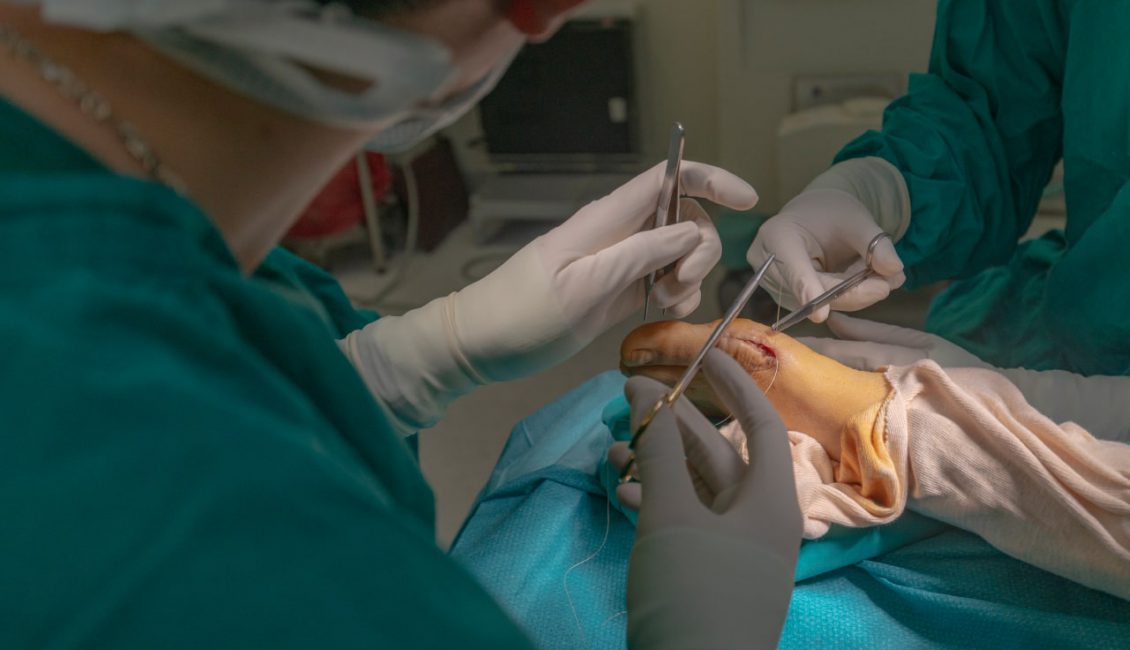
Treatment of Severe Rigid Posttraumatic Equinus Deformity With Gradual Deformity Correction and Arthroscopic Ankle Arthrodesis
Patricio Fuentes, MD, Natalio Cuchacovich, MD, Paulina Gutiérrez, MD, Maximiliano Hube, MD, and Gonzalo F. Bastías, MD.
Abstract
Background: Posttraumatic ankle equinus is associated with rigid deformity, poor skin condition, and multiple prior surgeries. Open acute correction has been described using osteotomies, talectomy, and arthrodesis, but concerns exist about skin complications, neurologic alterations, secondary limb discrepancy, and bone loss. Gradual correction using a multiplanar ring fixator and arthroscopic ankle arthrodesis (AAA) may decrease these complications.
Methods: We retrospectively reviewed patients undergoing correction of posttraumatic rigid equinus with at least 1 year of follow-up after frame removal. The procedure consisted of percutaneous Achilles lengthening, gradual equinus correction using a multiplanar ring fixator, and AAA retaining the fixator in compression with screw augmentation. Frame removal depended on signs of union on the computed tomography scan. Visual analog scale (VAS) and Foot Function Index (FFI) scores were assessed as well as preoperative and postoperative x-rays. Complications were noted throughout the follow-up period.
Results: Five patients were treated with a mean age of 35 years and mean follow-up of 31 months. Deformities were gradually corrected into a plantigrade foot over an average duration of 6 weeks. Union was achieved in all patients with a mean time of an additional 25 weeks, for a mean total frame time of 31 weeks. The mean preoperative tibiotalar angle was 151 degrees and was corrected to 115 degrees. FFI score improved from a mean of 87 to 24 and VAS from 8 to 2. Conclusion: Posttraumatic rigid equinus can be treated effectively using gradual correction followed by integrated AAA in a safe and reproducible manner. Patients in this series had excellent functional, radiological, and satisfaction results. Level of Evidence: Level IV, retrospective case series.